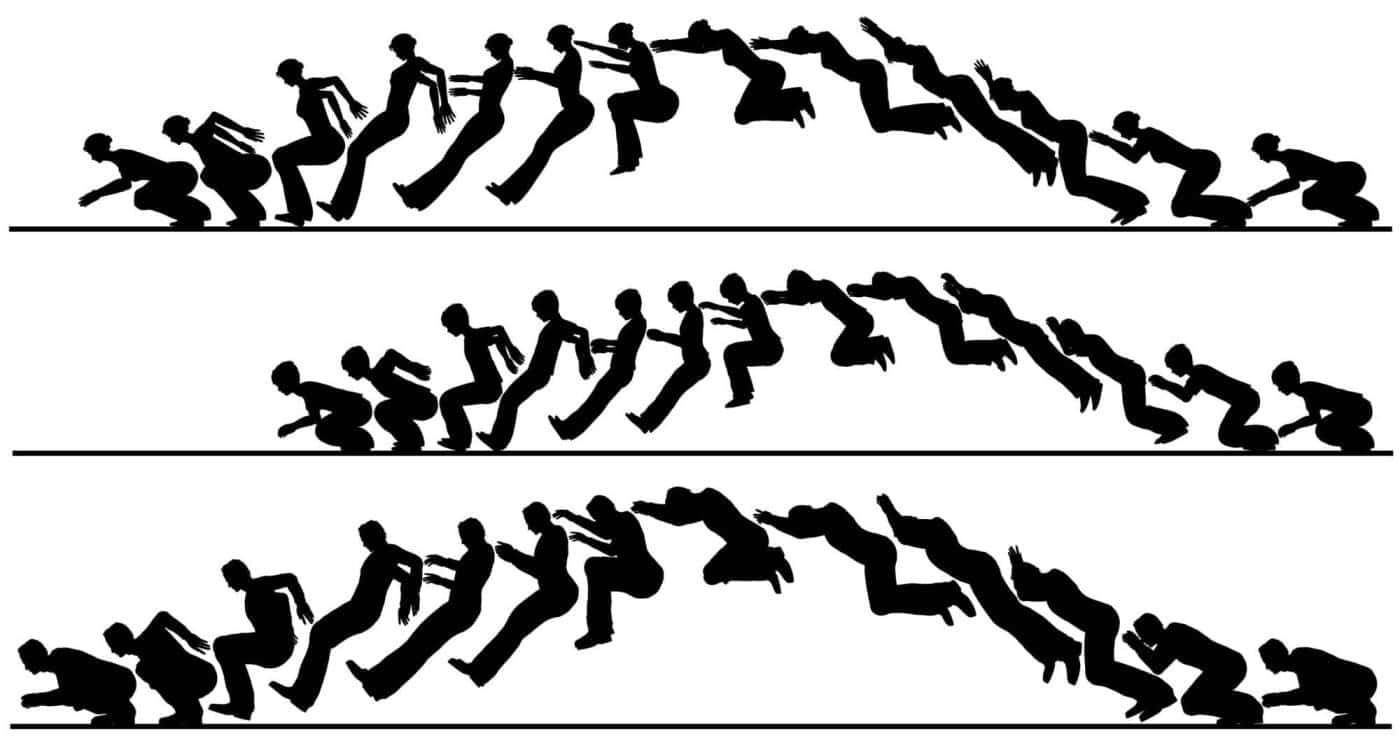
Image Source: depositphotos
Looking to get into animation? If so, you’ve made the right choice. Even beginner-level animators in the US reportedly earn $60673 annually. The salaries for experienced professionals are even higher, even exceeding $80,000 yearly.
But as lucrative as it is, not many know what animating is. Fortunately, we are here to help.
Simply put, animation refers to the process/method of “animating” figures. The central purpose of animating is to make the characters simulate movement. In other words, animators use various VFX or visual effects to make figures look like they are moving.
In the early era of the movies, much of the manipulation was done physically. With this traditional method, filmmakers generally used hand-drawn images to emulate the characters’ movements. These pictures were drawn and painted by hand on transparent celluloid sheets.
Each image had a subsequent pair, and following this sequence was crucial to visual synchronicity in old films. These hand-drawn pictures were photographed to make the animations seem like they were moving. After this, these sheets were exhibited in film reels.
Aside from painted graphics, many filmmakers also used puppets, moving sets, and stop-motion techniques in their movies. These techniques were somewhat more versatile than the celluloid sheets. Moreover, they were also less time-consuming.
These elements of traditional animation services and filmmaking have been seeing a revival in contemporary cinematography. Guillermo del Toro’s 2019 remake of Pinocchio was reported to have used 32 different wooden puppets for its scenes.
Del Toro also made use of hand-crafted wooden dolls for most of his film characters. These had mechanical heads/faces that allowed them to simulate a range of expressions. Even the titular puppet was a 3D-printed metal puppet with over 3000 replaceable faces.
The director’s stop-motion and use of puppetry in Pinocchio is a prime example of integrating traditional elements in modern filmmaking. Del Toro received positive reviews from critics for using these techniques – using wooden puppets instead of CGI-created models gave the film a “human edge.”
Aside from Pinocchio, Greta Gerwig’s highly anticipated “Barbie” is another film that has made significant use of traditional animation. The Oscar-nominated director’s take on the iconic Mattel doll actually employed classically traditional animating elements. This list includes moveable/collapsible sets, puppets, intricate props, and more.
However, films like these are generally exceptions in modern filmmaking. Instead, most filmmakers prefer to use CGI or computer-generated imagery to generate graphics for their films. This is the most popular choice because virtual effects are generally less time-consuming.
Creating a digital 3D model is also cheaper than creating multiple wooden/clay puppets for different sequences. Moreover, three-dimensional animation in recent times has improved by leaps and bounds. Using this tech, digital characters can be manipulated to show a variety of expressions, movements, actions, and more.
VFX character creators use computer-based animation that can be programmed to move between keyframes. These experts maneuver the virtual figures throughout various digitally created environments, emulating movement. However, some movies or games may use 2D animations instead of 3D versions.
This type of animation is generally more accessible and has a very traditional look. The creators may use such techniques for creative reasons. 2D animation is also preferred to help filmmakers achieve faster real-time rendering. Using these, they can achieve their animation even with low bandwidth.
Classic Disney titles are some of the most famous examples of this type of animation. Beloved films like The Little Mermaid, The Princess and the Frog, Beauty and the Beast, The Lion King, and more all use the 2D animation style in their filmmaking. The technique used by Disney was called cel animation and was popularized during the 1930s.
This type of rendering involved the movement of hand-drawn characters to simulate movement. These figures were placed strategically on transparent celluloid and placed over painted backgrounds to make it seem like they were performing various actions.
Cel animation remained a staple in Disney films through the 1950s and 60s and even into the 80s. It was only after the 1995 release of the fully digital Toy Story that Disney abandoned its 2D roots. The primary reason for this seems to be the cutback on production and labour offered by the fully CGI animation mode.
As a subcategory of VFX or visual effects, animation refers to the technique of creating/integrating digitally created elements into live-action footage or computer-generated environments. Animation techniques within the context of visual effects help create/enhance the technical aspects of visual effects.
These take various forms; for example, VFX animation has specializations like
Understanding these elements of animation will help you decide what your specialization will be. Depending on your field, interest, and medium, you can choose from 2D, 3D, digital illustrations, working models, and more.
Hiring a car is one of the best ways to explore the UK and Europe.…
Imagine you're cruising down the highway, the breeze in your hair and your favorite song…
Thousands of motorsport fans head down to New South Wales in October to experience what…
Life crises are inevitable stages in everyone's journey. They arise when individuals must let go…
The gaming industry is constantly evolving, and one of the most significant innovations is live…
Home decor incorporates the use of powerful wall art tool. Adding a rug sets the…
This website uses cookies.